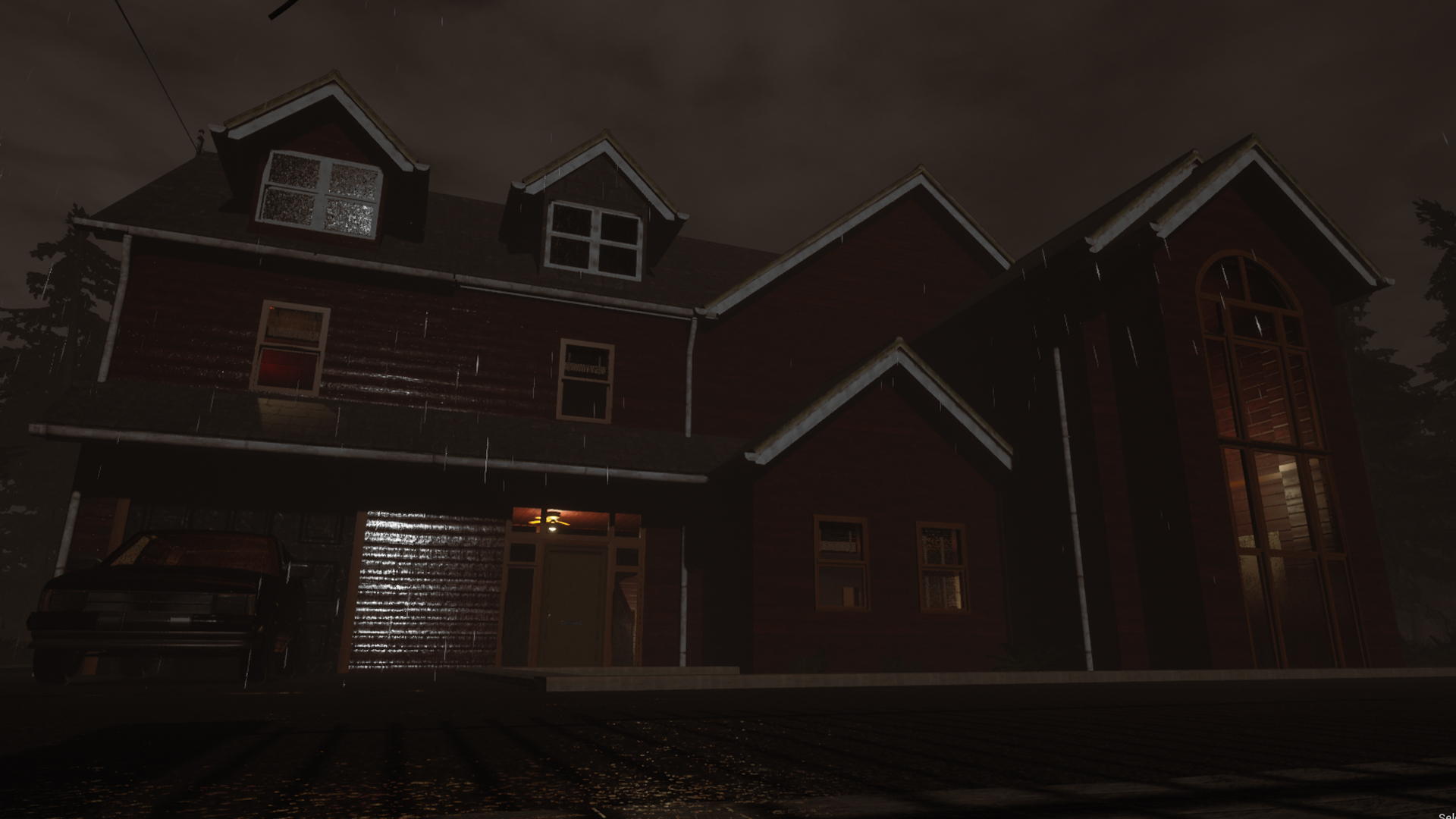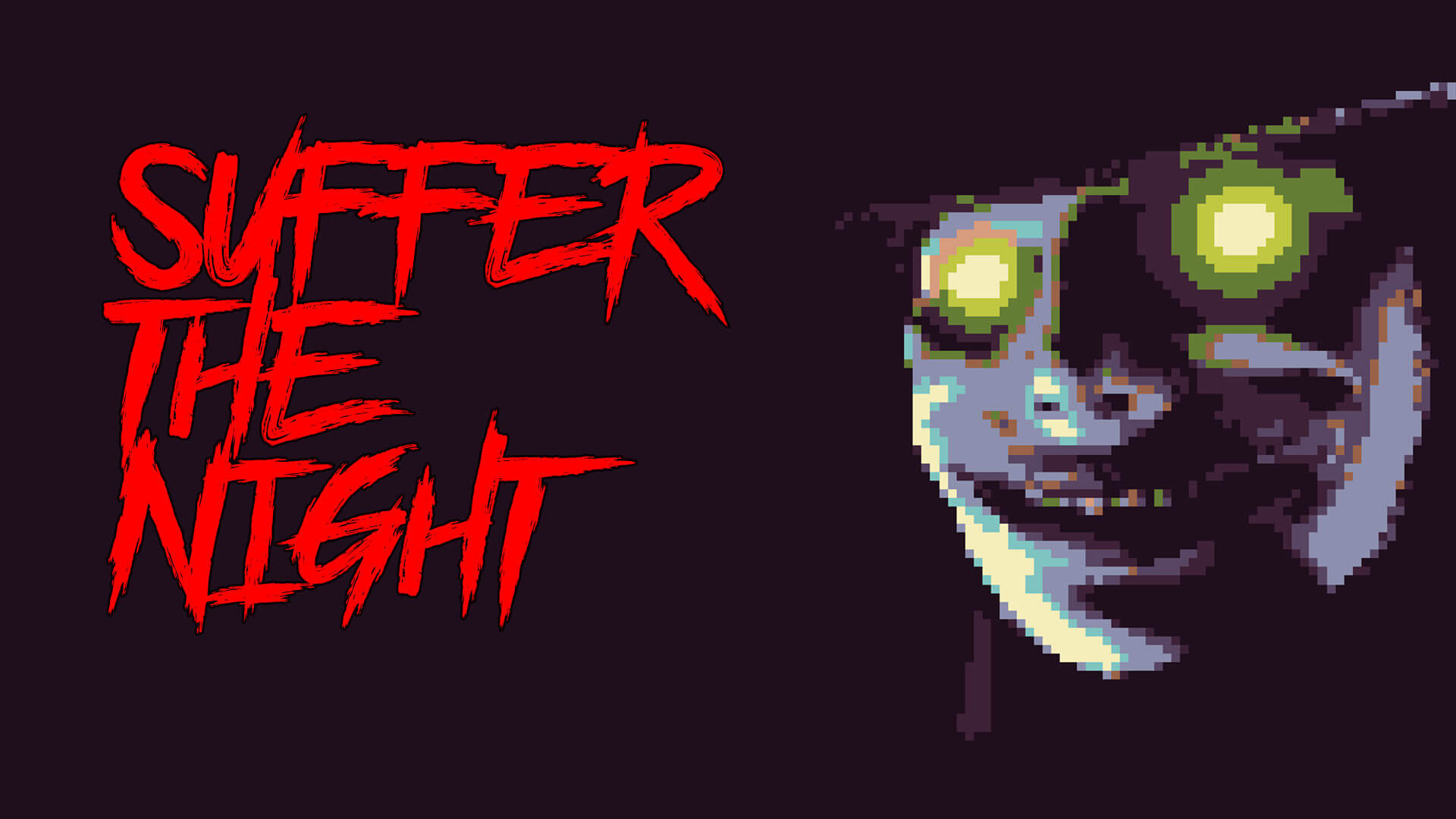
A Fine House of Horrors
Stop me if you’ve heard this horror story setup before.
It’s a dark and storm…no wait a second, let me finish the sentence.
It’s a dark and stormy night and you are home al…please, let me finish.
It’s a dark and stormy night, and you are home alone. You’re just going about your business when all of a sudden there’s… sorry, what? Yes there’s a noise, but I haven’t said what noise it is yet, so just please let me bloody say the whole thing. Yes, I know I started by telling you to stop me if you’ve heard it, but I meant the entire fecking thing, not when you recognized a sequence of three words. Tell you what. As you’re so eager for instruction, why don’t you sit over there and be quiet for the rest of this article so I can get on with it?
Alright? Thanks. Don’t sneer at me though, I can tell you were sneering y’know.
So stop me if you’ve heard this horror story setup before. It’s dark, stormy, you’re at home alone, and suddenly there’s a knock at the door. Pretty standard stuff, right? It’s kind of amazing that it’s still a commonly-used setup in horror to this day, but I suppose it’s a comfortable way to get into a horror story for the creator and the audience alike.
Plus it’s like jump scares. On their own they mean little, but the right ideas and execution of them still make for a memorable moment. Get the ingredients right and you can retell The Hungry Caterpillar and make it feel fresh and exciting even if you already know the caterpillar is gonna eat way too much and become a butterfly (apologies for spoilers there).
So what bits do you need to tell the story of a person alone at home on a dark and stormy night? Well, the most important part is the home itself. Something that feels homely and cozy one minute, but alien and terrifying when the situation goes south. Misunderstand the house at your peril. It may seem like you would make the house deliberately creepy, but unless we’re taking this down an Evil Dead kind of path, that’s probably not the best choice.

No, think about it. If you’ve ever felt unnerved in your own home in the middle of the night, you’ll know that the worst thing is what your imagination can fill in about every noise and dark corner of a room. So having a home that really accentuates that would be key to any horror story, and it’s rare I find one in games that truly gets that, but last year I played a demo for a short indie horror game called Suffer the Night by TaintedPact Games, and it features what is probably my favorite house in modern horror gaming.
A bit of background on Suffer the Night first, because it’s the inspiration for this article, and it’s already been relegated to getting a mention 450 words into an article about it. Suffer the Night takes that premise I’ve mentioned multiple times already, with the protagonist picking up a mysterious letter delivered to their isolated homestead, and throwing in some interesting kinks to an established structure.
Set in a fictional mountain town in the year 1989, Suffer the Night sees horror-loving painter Stacey Liden woken by that pesky storm, and we follow the events of what could well be a fateful night.
It has you do some regular on-your-lonesome stuff like fiddling with your computer and checking the contents of the fridge before trying to head back to bed. It has a particular flex in introducing its threat. You play an old-school text adventure on an in-game computer too for reasons that are intrinsic to the plot.

Yet what struck me quicker than anything was the house it takes place in. It’s a big wood-heavy structure. Far too big for just one person, but somehow quite comfy and homely. In the protagonist’s triangular room on its top floor, there’s a delightfully comfortable feeling to its arrangement that ends up feeding into the actual horror later on. It’s clearly set before our current era, but personally, that added a lot to my old man enjoyment of this demo.
Anytime you step out of that room in the opening, it feels like you’re dipping toes into deep dark, shark-infested waters. The room looks like it will end up being no safer than anywhere else in the building in the full game, but it’s practically dry land when compared to the inky depths of anything outside of it.
The first time you venture outside the sanctity of that room, the landing is there to show you just how troubling this rainy night should feel. It’s a generous space with corners that get enveloped by the dark all too easily. There’s a real open-plan thing going on in this building. Like it’s actually a bit unnerving that there’s this much-unused space. It does a bloody good job of framing the storm outside the large windows (great storm in this game by the way, almost therapeutic if you weren’t in a deadly game of cat and mouse) and you can really feel the void of being alone in a place that clearly should have more people in it.
The void feeling only grows stronger when you venture downstairs. There’s some light, but the sheer size of the space once again leaves the imagination to run wild. You get to make a midnight snack and even with the raging storm going on outside, you end up painfully aware of how noisy it sounds in the still of this cathedral of a home.

All this is before the antagonist shows up by the way. Demos are a hard thing to get right, but the scene setting in Suffer the Night’s opening is very impressive. So yes, the premise has been done to death, but this is further proof that you can dig it up, run a few thousand volts through it and bring a spark of life to one of the oldest tricks in the horror book.
For more horror editorials, reviews, and interviews, check out DreadXP.


